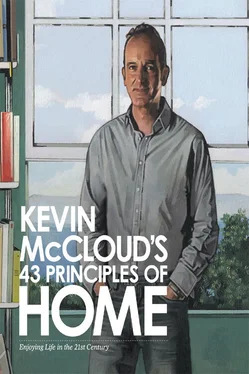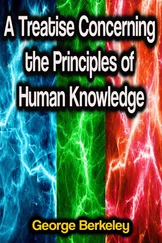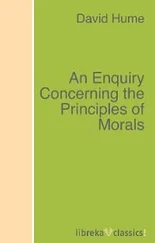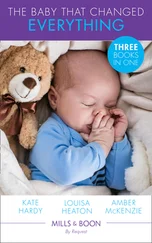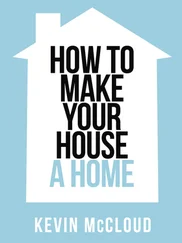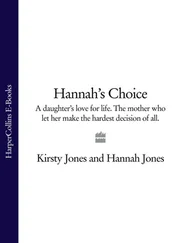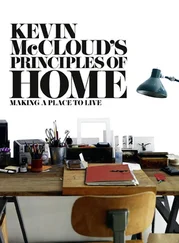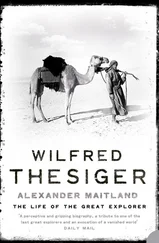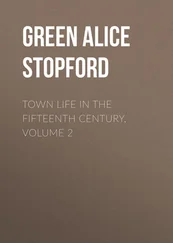I try not to use the S word too often, despite the fact that this book’s big theme is how we implement the culture change that is going to be necessary over the next 40 years, in order that a global population of what will be nine billion people (currently around seven) can still be sustained by this planet’s resources.
As long ago as 1998, commentators and academics were criticizing the overuse of ‘sustainability’ as a catch-all term for the durability of environmental, business, economic and social policies. Peter Marcuse, a planning professor at Columbia University, has pointed out that separate applications of the word to housing, planning, the environment and our use of resources can contradict each other: what is sustainable in the layout and organization of a community in a city may not be environmentally defensible, for example. Recycling our beer cans and working at home more will not deal with the problems of the over-exploitation of the planet’s resources and climate change:
The long run entails conflict and controversy, issues of power and the redistribution of wealth. The frequent calls for ‘us’ to recognize ‘our’ responsibility for the environment avoids the real questions of responsibility, the real causes of pollution and degradation. The slogan of ‘sustainability’ hides rather than reveals that unpleasant fact.
We should rescue sustainability as an honourable, indeed critically important, goal for environmental policy by confining its use only to where it is appropriate, recognizing its limitations and avoiding the temptation to take it over as an easy way out of facing the conflicts that beset us. 1
This is hard-hitting stuff. It pulls no punches. But it helps, because it pulls out from under the cover-all word the different ideas and problems that we face, and the appalling way in which they are confused. Every newspaper I read interchanges the terms ‘climate change’, ‘global warming’ and ‘sustainability’ with a lack of thought bordering on abandon. We currently face big challenges and some big conflicts in a great range of areas, some of which are linked and some of which are not, and all of which, it seems, are down to the very large number of human beings on the planet all running to get a slice of the action and the pie: climate change as a result of carbon emissions; carbon dioxide-induced acidification of the seas; fair trade; deforestation of the planet’s ‘green lungs’; deforestation and the associated species loss; use of petrochemicals in fertilizers and biocides; food security; redistribution of wealth; availability of fresh water; empowerment of communities in the Third World; waste; a living wage; aerial and ground pollution; depletion of mineral resources; consumerism; ozone depletion at high altitude; ozone excess in cities at ground level; and Quite a Lot More.
But if there is one definition that explains sustainability properly, a definition that we should take seriously, it is that of the Brundtland Report of 1987, which describes sustainable development as ‘development that meets the needs of the present without compromising the ability of future generations to meet their own needs’. 2
I’ll stick with that. Even Professor Marcuse sticks with that. Because this definition itself pulls no punches; it simply sets out what is required. You will notice that it does so with no reference to polar bears or pandas. It puts the survival of the human species at its very centre. The Brundtland definition is based entirely around the issue of resources and environmental stability. It is robust enough to defy any 21st-century attempts to kidnap the word for the unscrupulous use of industry and policy makers. And that’s because it is flexible and prescient enough to accommodate change.
The global shortage of clean drinking water was on the agenda in 1987, but today water is set to overtake oil in value on the world’s markets as a tradable commodity. The Brundtland definition, interestingly, still holds and in fact sets up a new resonant demand for water to be returned to humanity as a freely available resource. The importance and speed of climate change and the related issue of carbon emissions could only have been glimpsed in 1987, but Brundtland sets the stage for the fight against global warming by taking the long-term view and calling for a stable environment.
By comparison, studies such as the Stern report 3 frame out many environmental issues, such as pollution, high-altitude ozone depletion, heavy metal infiltration of the food chain, water use and availability and food production, and instead focus intently on the one issue of climate change and its economic effects. They seize on the Big Story beloved of Al Gore, the only issue we apparently should focus on: our carbon footprint. We’re told we should stop gazing at our navel and look at the sole of our very big carbon shoe.
I hope it’s already clear that this book takes on more than the issues surrounding climate change; it points, I hope, to a wider culture change that could put value above status and story above sexiness. It suggests how we can fight current, exploitative, consumer behaviour—the way we shop indiscriminately for shiny goods made in Third World sweatshops—with a call for informed, ethical consumerism.
This book doesn’t deal with the fiscal or legal measures that will get us to a new ‘sustainable’ world, wherever that is. It suggests ways we can change ourselves that can make large differences. It doesn’t beleaguer you with carbon calculators; it doesn’t list fishing quotas or promote campaigns to save polar bears. You can join WWF or Friends of the Earth or Greenpeace, or subscribe to treehugger.com, if you want up-to-the-minute accounts of campaigns and government initiatives. My job here is to persuade you of something you might have overlooked: that your relationships with your possessions, your home and your street are the starting point for a new, more interesting way of experiencing the world and that the end result of that can be a significant reduction in your individual environmental impact.
It can mean more choice and more interesting choice as well. Let me give you an example, a real hot potato of an example. My company, Hab, is a development business. We build homes in partnership with housing associations—the organizations who provide social housing—and we try to make our developments as ecological, enjoyable and socially progressive as possible. Hab stands for Happiness, Architecture, Beauty. It does not stand for Hummers, Audis and BMWs; which means, in pursuit of a way of life that is resource meagre and low carbon, we encourage residents to reduce their car use. We only provide one and a half parking spaces for each dwelling, which doesn’t go down well with a lot of people. But in exchange for the one privation of one liberty—the right to park an unlimited number of vehicles wherever they want—residents get appealing alternatives including a car club and an intranet advising them of offers to share car journeys. The choice is limited in one way and enlarged in another. The emphasis is shifted from the personal and acquisitive to the communal and shared. That’s what I mean by New Materialism (or One Planet Living, if you like; I don’t mind): offering more choice, set in a different framework of choice.
That framework is composed of the ecological, environmental and social goals that many organizations and people are now working towards, from the social workers of Dharavi in India to the government of California, from the directors of Ecotricity in the UK to housing cooperatives the world over. You can figure out your own goals by reading a couple of books, the newspapers, the odd website and then getting confused. Or you can look at the framework developed by BioRegional and WWF: One Planet Living.
Читать дальше
